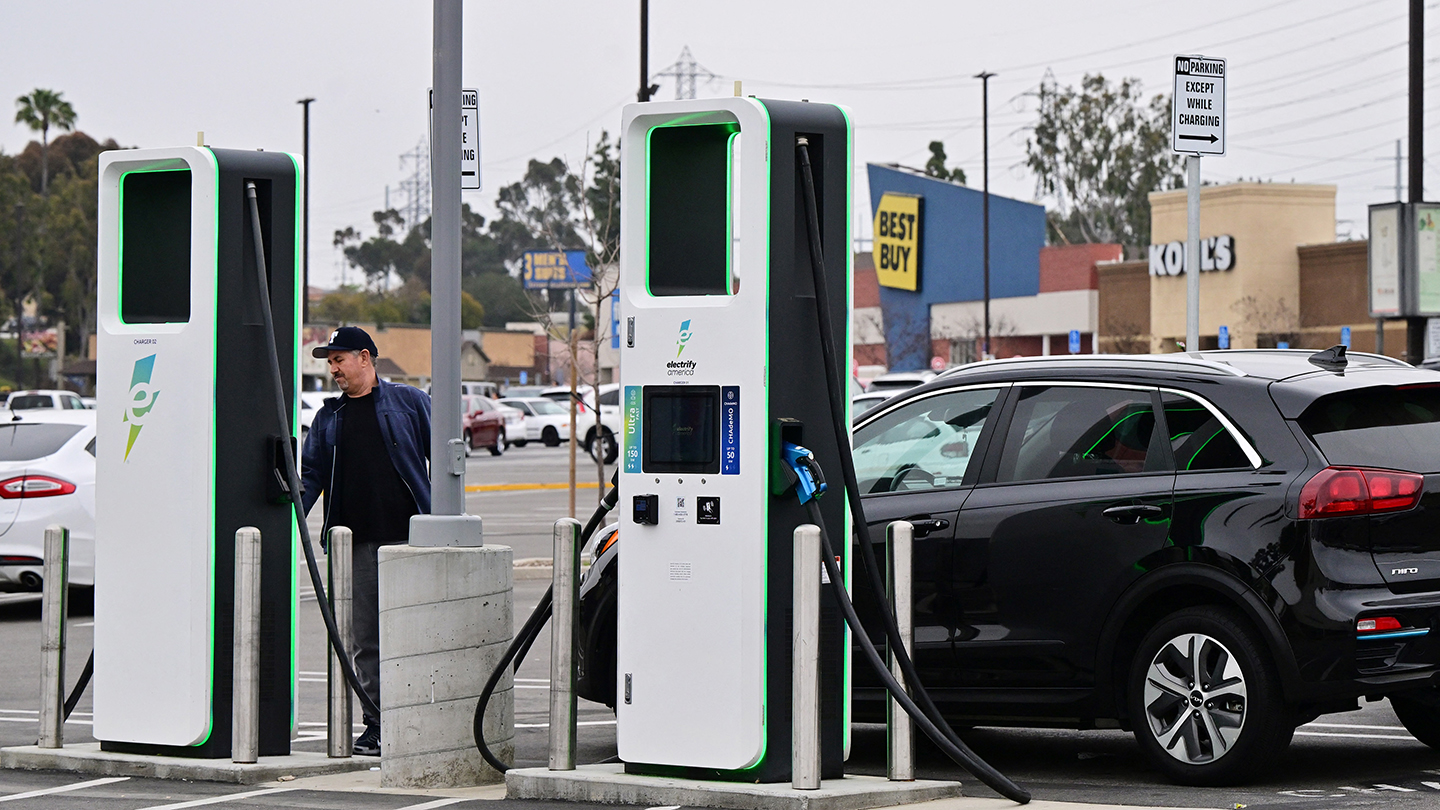According to researchers, the shift from fossil fuel-powered cars to electric vehicles worldwide could significantly reduce the amount of carbon dioxide that humans emit to the atmosphere. However, current strategies for vehicle electrification can also shift some pollution to communities already suffering under higher economic, health, and environmental burdens. The researchers warn that this could have negative consequences. The good news is that an analysis of the CVRP’s impact on the state’s air quality from 2010 to 2021 reveals that the program has had both positive and negative effects. The study was published on May 3 in PLOS Climate.
To assess the impact of the CVRP on a community and statewide level, the team developed a computer model that incorporates data on where the rebates went, how much additional electricity would be required to power those vehicles, which of the state’s electric generating units would provide that power, and how much pollution they might produce. The team then overlapped these data with a mapping tool called CalEnviroScreen that identifies which of the state’s more than 8,000 census tracts – county subdivisions used in population assessments – are the most vulnerable to pollution. That vulnerability measure is based not only on exposure to pollutants such as power plant emissions and unsafe water but also on factors such as income, education level, access to health care, and linguistic isolation.
2023-05-12 11:00:00
Article from www.sciencenews.org
